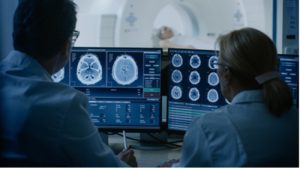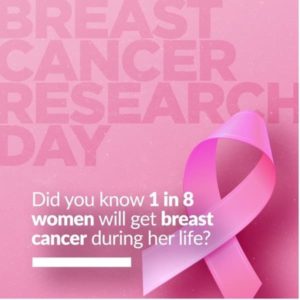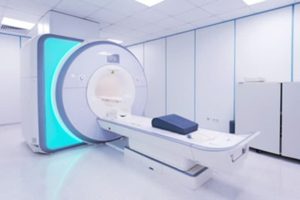Recognizing the Value of Radiologists
Radiologists are some of the most crucial professionals in the medical field but often go unrecognized for their amazing work. Our latest blog delves into what radiologists do, how they’re making a difference in people’s lives, and recognizing the value of radiologists.
The Role of a Radiologist
Radiologists celebrate the complexity of the human body and work to improve lives through the use of imaging technology. As medical experts, radiologists are critical in interpreting images captured by radiologic imaging for the diagnosis and treatment of diseases. Primarily used when treating disease and issues in varied areas such as cancer, vascular diseases, men’s health, and women’s health. Through detailed analysis of X-rays, CT scans, ultrasounds, and MRI scans, they can identify injuries and illnesses that could otherwise go undetected. Their skillful work has saved countless lives over the years and will continue to do so in the future.
The Relationship Between Radiologist and Patient
A radiologist plays a key in difficult diagnoses and image-guided treatments of serious medical conditions. Thus, the relationship between radiologists and their patients is unique and one to acknowledge. Working together with other healthcare professionals, they consult patients or their caregivers about the appropriate tests to perform and how to prepare for them.
Additionally, they analyze the images taken and diagnose and explain the results and discuss possible treatments with them. From detecting tumors to uncovering various conditions, they use their expertise and technology to help in providing a diagnosis. They can also provide peace of mind for families who are seeking answers about the health of their loved ones. Through their expertise, radiologists truly make a difference and help make healthcare diagnoses possible.
 This February, show your body some love. Learn more about all our services as well as explore career opportunities at Radiology of Indiana! Visit our website or contact us at (317) 779-2150 today.
This February, show your body some love. Learn more about all our services as well as explore career opportunities at Radiology of Indiana! Visit our website or contact us at (317) 779-2150 today.
Resources:
https://my.clevelandclinic.org/health/articles/24184-radiologist
https://www.hopkinsmedicine.org/health/treatment-tests-and-therapies/the-radiologist





